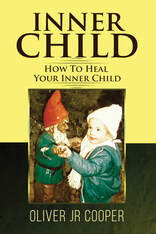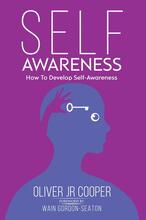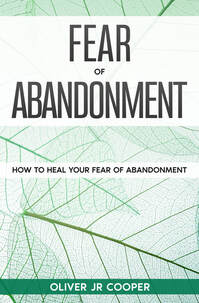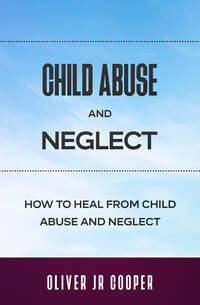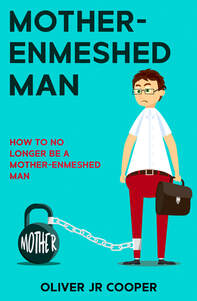|
When it comes to describing a Dysfunctional Environment, it might help us to also look at what a functional environment might look like. Functional Environment A functional environment then; would be an area that is conducive to growth. Somewhere that not only supports and encourages an individual to be themselves, but also allows them to. Here, one can express who they are and feel safe doing so. Positive feelings and thoughts are also more likely to occur in this environment. Dysfunctional Environment The dysfunctional environment on the other hand would be somewhere that doesn’t allow for the above to happen. Where the individual doesn’t feel supported or acknowledged in anyway, let alone in a way that honours who they are. This might be an environment that forces one to constantly compromise their values and themselves. The word door mat comes to mind here; with boundaries being nonexistent in this environment. Feeling and thinking negatively is also something that might seem to just happen; coming on like a parasite, without reason or warning. Despair is also another common consequence from being in this type of environment. Conscious And Unconscious Environments With both of these examples we can see that one is an environment that could be classed as conscious and the other is an environment that is the complete opposite. By this I mean that the dysfunctional environment is an environment where behaviour and the effects of that behaviour go unnoticed. The people in the environment have little, to, no awareness of their actions or to the damage, which is being carried out physically, emotionally or mentally. Standing Up Perhaps if one were to comment or mention how they felt to the person or persons in the environment, they might be dismissed or ignored. This of course all depends on how dysfunctional the environment is. The Frog Metaphor This is a story that is helpful in explaining the insidious nature of the dysfunctional environment. It is about a frog that is put in a pan and is cooked so gradually that it doesn’t know or notice the difference in temperature. And after this slow rise, the frog dies. It was oblivious to what was happening and its imminent death. It became comfortable and numb to what it was experiencing. So How Does This Relate To Dysfunctional Environments? Within this environment one will notice at first that it is draining to them. However unless one takes the steps to break away or steps out of the environment so that it can be seen from another perspective, they might start to feel comfortable within this environment. With their original state of mind and aliveness; fast becoming a distant memory. Now this could be because of a gradual drip feed approach or the slow cooking approach mentioned above. It might also be because it is an environment that feels comfortable and safe to them; as absurd as this sounds. It is reminding them of their history and what hasn’t been looked at. Is This How It Is? One might have never been in a functional environment. This makes it difficult in seeing contrast and in being able to compare it to other environments in their life. One might believe that this is how life is and that there is no such thing as a ‘functional environment’ or that it’s not possible for them. History We all have our own history, some parts that are likely to bring us feelings of happiness and other parts that might cause feelings of anger or resentment. This is history that won’t just disappear; it has to be faced in some way. That could be by directly facing something or by the assistance of a therapist for example. Pulled To Our Past We will naturally be drawn into environments that are mind unconsciously associates as being what is safe to us. These environments won’t always be places that empower or honour who we are. They will be environments that mirror the behaviours, feelings and thoughts of our childhood. Associations This is because of the nature of the mind and how it gets attached and creates attachments. What was experienced as a child becomes what is familiar and safe to the ego mind; regardless of if it is functional or not. If these associations are functional and beneficial, then what will subsequently happen is one will usually end up in environments that are at least moderately healthy and functional. Unhealthy Associations However if these are associations that are not so healthy or functional; one is likely to find that they are ending up in the same environments. Environments that are disempowering and don’t reflect what they consciously want or what their heart calls for. Where their energy is being taken and no energy is being returned. The Childhood Environment Above I have mentioned about our later environments mirroring the behaviours feelings and thoughts of our childhood environment if they have not been processed. Common themes of those years will continue to appear and play out in our present day environments. These might be themes that our unique to us; challenges that just seem to appear over and over again. A Recent Study I recently read about a group of rat pups that were genetically predisposed to be more fearful than other strains of rats. If these rats were left with their biological mothers, they were likely to be fearful and stressed. However after placing these rat pups with other rat mothers that were not fearful; they grew up without fear. The Power Of The Environment Now these might be rats that were talking about here, but what this shows is the power of the environment in shaping how we see ourselves and in who we become. There is always talk of nature vs. nurture and on the effect genetics have on life, however through the study of epigenetic’s genes have been found to require a trigger to be activated and that trigger is the environment. It is the environment that is making the difference. Choosing Our Environments Choosing our environments and therefore the people we have in our life and spend our time with is incredibly important to our own wellbeing and in achieving our dreams. The natural tendency of our mind will be to return to what feels comfortable and to what is familiar. Who We Are What happened in or childhood or what has happened in our past doesn’t have to define our life or who we are. That is something we can do in each moment of our life. If you feel this has been of value, please leave a comment, like or get in touch. And feel free to share this article.
Oliver J R Cooper http://www.oliverjrcooper.co.uk/
0 Comments
Your comment will be posted after it is approved.
Leave a Reply. |
Oliver JR CooperAuthor of 27 books, Transformational Writer, Teacher & Consultant. Introductory Consultation
To book your 15-Minute Introductory Consultation, click here.
Disclaimer
That which is contained within these articles is based on my own empirical understanding and is true for me at the time they were written. However, as I continue to grow, what I perceive as the truth will inevitably change and as a result of this - parts of these articles may not reflect my current outlook.
My Books...
|

